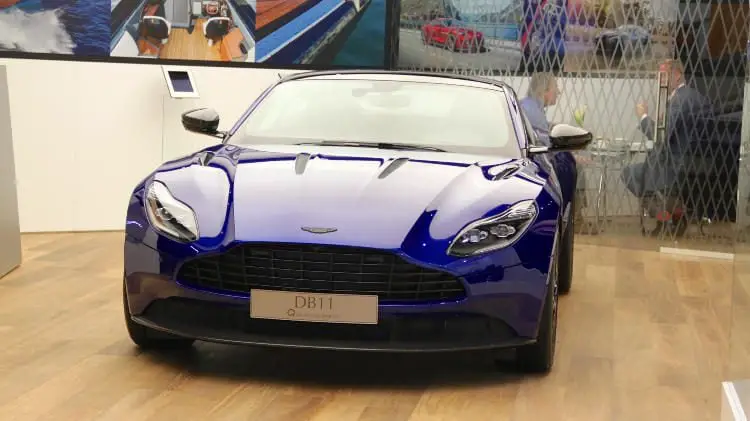March 2017: New vehicle registrations increased in Europe, Russia, Japan, Brazil, India and China but car sales were down in the USA.
New passenger vehicle registrations in the European Union reached new record highs during March 2017 while Russia and Brazil had sales increases for the first time in months. Car sales continued to increase in Japan, India and China. During the first quarter of 2017, vehicle sales were weaker only in the USA and Brazil while sales increases were the strongest in India, Europa and Japan. China remained the world largest single-country car market by far.
Worldwide Car Sales in 2017 (Q1)
New vehicle registrations in various major regions of the world were as follows during March 2017 and the first quarter of 2017 according to the VDA:
| Region | March 2017 | % Change | Q1/2017 | % Change |
| Europe (EU+EFTA) | 1,936,800 | 10.9 | 4,256,200 | 8.2 |
| Russia* | 137,900 | 9.4 | 322,500 | 1.0 |
| USA* | 1,548,000 | -1.6 | 4,013,900 | -1.4 |
| Japan | 583,800 | 9.6 | 1,340,500 | 7.8 |
| Brazil* | 184,200 | 6.2 | 460,600 | -1.1 |
| India | 282,500 | 10.0 | 803,200 | 11.1 |
| China | 2,021,800 | 2.5 | 5,779,000 | 5.7 |
| *Light vehicles | ||||
| Source: VDA |
Record Car Sales in Europe in March 2017
New passenger vehicle registrations reached a new record high of 1,936,800 for the European Union (EU) and EFTA countries in March 2017. Sales in Europe were helped by Easter falling in April in 2017 compared to in March in 2016 – this added two extra working days.
Strong sales increases were recorded in all five of Europe’s largest car markets. Sales increased by 18% in Italy, 12% in Spain, 11% in Germany, 8% in Britain and 7% in France.
During the first quarter of 2017, new passenger vehicle registrations in the European Union and EFTA countries increased by 8.2% to 4,256,200 cars – only the Indian car market expanded faster.
Weaker Vehicle Sales in the USA in March 2017
Light vehicle sales in the USA contracted for the third consecutive month in March 2017. Sales of light vehicles were down 1.6% to 1,548,000 – the only negative figure for the major car markets.
During the first quarter of 2017, light vehicle sales in the USA were 1.4% lower at just over 4 million vehicles. The trend away from cars continued: passenger car sales were down 12% to 1.5 million cars while light truck sales were down by around one percent at 2.5 million cars. Light trucks and SUVs took a market share of 63% during the first quarter of 2017 compared to 58.4% during the first three months of 2016.
Stronger Car Sales in Russia in March 2017
In March 2017, light vehicle sales in Russia increased for the first time in four months. The 9.4% increase in sales in March was sufficient to lift the Russian market into growth figures for the quarter as a whole.
Strong Car Sales in Japan in 2017 (Q1)
In Japan, new passenger vehicle registrations increased in March 2017 for the fifth consecutive month. Sales in March were up 9.6% and up 7.8% for the first quarter of 2017.
Increased Car Sales in Brazil in March 2017
In March 2017, car sales in Brazil were positive for the first time since December 2014. Light vehicle registrations increase by 6.2% to 184,200 units. For the first quarter, car sales in Brazil remained slightly negative at -1.1%. Although the Brazilian economy remains weak, more than two years of a shrinking market leaves the prospect of growth when replacement purchases can no longer be postponed.
Strong Car Sales Growth in India in 2017 (Q1)
Car sales in India increased by another 10% in March 2017 to 282,500 vehicles. During the first quarter of 2017, the Indian market was the fastest growing major car market in the world with sales up by 11.1%.
China Still the Largest Car Market in the World in 2017
Car sales in China continued to expand in March 2017 although with growth at 2.5% the market was weaker than earlier in the year. At just over 2 million cars sold in China in March 2017, the Chinese market was only marginally bigger than in Europa.
However, over the full first quarter, car sales in China increased by nearly 6% with the total market still significantly bigger than the EU or USA.

